There is something I find very inviting in films that take a risk such as this, wherein the narrative itself is experimented upon, and the overall experience is made fresh. Telling a story in reverse is something that’s (unsurprisingly) quite difficult to do. Take ‘Betrayal’ (1983), the Ben Kingsley starrer which was one of the first films that brought this style to the attention of the general public. It tells the tale of an extramarital romance that begins with the lovers all broken up, maintaining a formal distance between them as they talk to each other in a café, and works its way back to when the romance was at its budding stage. Though I’m not a big fan of the movie, its stunning nonetheless to see the characters change as the years go by backwards.
Reverse chronology in cinema is a fairly recent tool that has been used by filmmakers to deconstruct characters, intrigue the audience, and create poetry through the medium. Here is the list of best movies that used reverse chronology most effectively, and they’re all worth checking out at least twice, in order to fully get the picture. You can watch many of these reverse chronology movies on Netflix, Hulu or Amazon Prime.
10. Donnie Darko (2000)
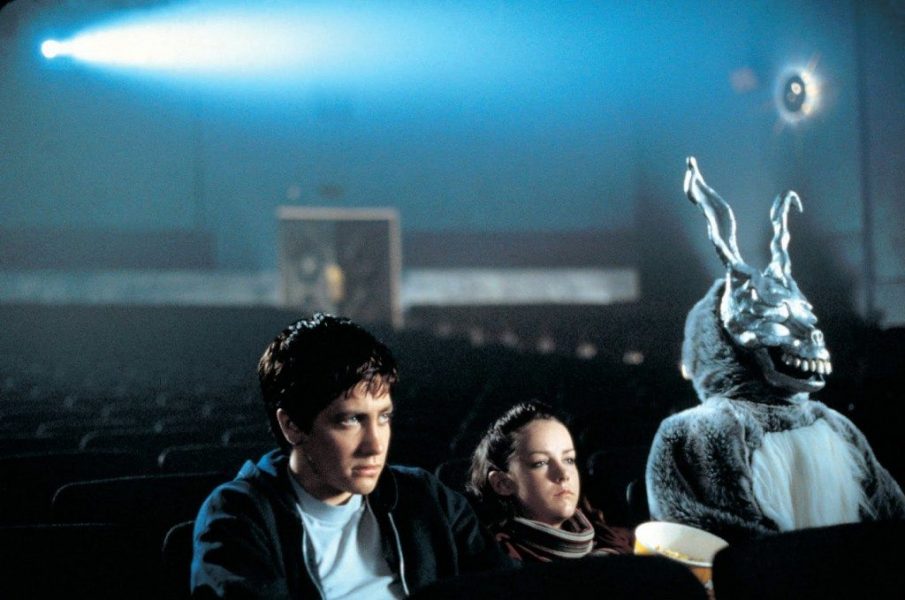
‘Donnie Darko’ is one of my favorite films ever made, and the only reason it is so low on the list is because the usage of reverse chronology is quite minimal. The story is confusing enough on its own, and the pivotal scene told backwards only helps in twisting the whole thing over more. It tells the tale of a young man named Donnie who has to stop a disastrous event from taking place that he is warned about by an evil rabbit named Frank who speaks to him in dreams. In this surreal and utterly creepy moment, we travel back from a tangent universe with our title character, and it all happens in reverse. It’s one of my favorite scenes in the film, and that’s really saying something, because ‘Donnie Darko’ is basically one great moment after another.
Read More: Best Inspirational Movies of All Time
9. Identity (2003)

I haven’t seen many films that put its audience off track the way ‘Identity’ does. Though only a few scenes from the beginning of the movie are told in reverse, the effect this technique has on the overall story is quite spectacular. Throughout the film, the viewers aren’t given a chance to make sense out of what they’re seeing. At a certain point in the picture, events slowly start having a point, and this causes the need to see the whole thing again, because the film successfully fools around with viewers by giving them what they expect – but with a twist. James Mangold and Michael Cooney, the director and writer respectively, create a sense of utter bafflement and awe in their audience through this mind-boggling work of art .
Read More: Best Psychopath Movies of All Time
8. 2 Friends (1986)
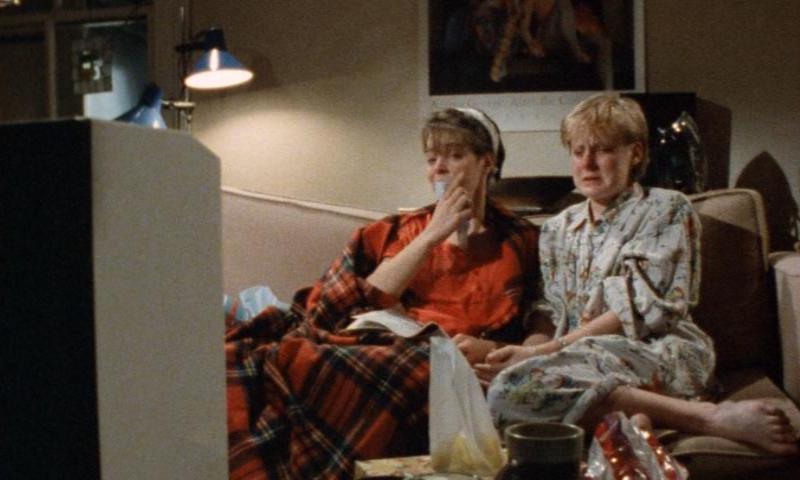
One benefit that reverse chronology offers to the film it is used in is the lack of a complete answer. There’s always something to doubt, to question, even after the whole thing has ended. I’m not the biggest admirer of Jane Campion’s filmography, but her debut film ‘2 Friends’ (which was shown on Australian television back when it was first released) is a beautiful achievement in my eyes. It tells the story of two acquaintances who separate from each other, and we go backwards through their relationship as we see what led to the eventual break up. There’s something so poetic in the way this film has been executed and it feels very realistic. Though it has a couple of flaws, I am able to look past them very easily and enjoy the gem within.
Read More: Best Murder Mystery Movies of All Time
7. (500) Days of Summer (2009)
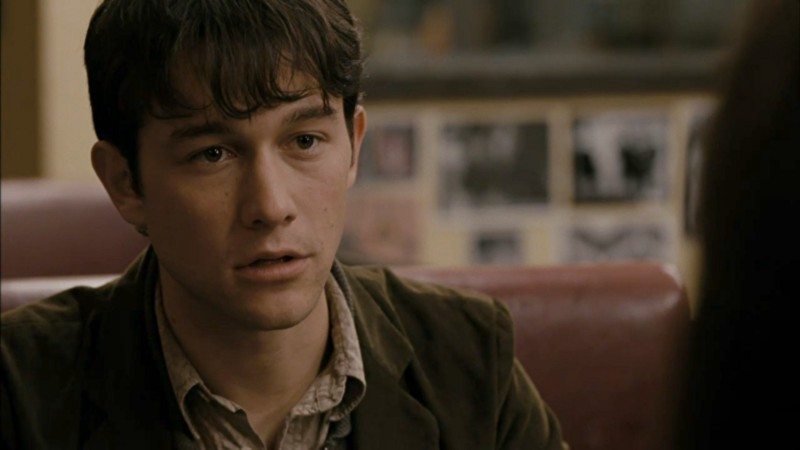
I find it quite brilliant that this film went the route it did to tell the story of a couple, the members of which were just not right for each other. There’s a lot of jumping – both forward and backward – in time that lets us see the happy moments which are immediately followed by the sad. I think the storytelling method has been utilized here to give its audience a sense of hope, and to make them understand that all isn’t lost, which is the basic theme of the movie. Sure, what we ultimately desire is complete satisfaction of our wants, but it would be utterly useless if said satisfaction didn’t have any risks involved. There’s a lot to learn from life, and I believe this movie is of the opinion that the learning process is what we can cherish for sure, as there’s no guarantee about our desires. Such a beautiful and thought-provoking lesson needs a strong medium to be communicated through, and experimenting upon it has only made it better.
Read More: Best Teen Movies of All Time
6. Happy End (1966)
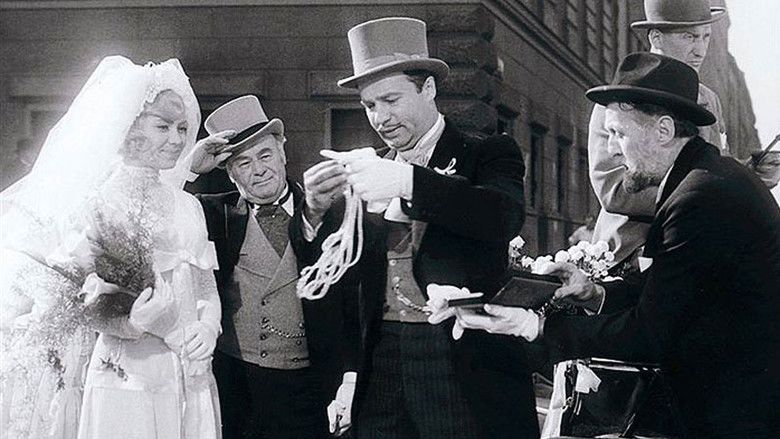
It takes a special kind of brain to think up a comedic situation that uses backward storytelling in order to aid in getting the laughs. Not a lot of life stories are presented the way this one is, and that’s because it is told from our protagonist’s death and ends at his birth. What’s confusing is the spoken narrative, which flows like it should for a film following basic chronology (therefore his death is referred to as his “birth”, and vise-versa). Several dialogues are also said in reverse, which puts a whole new twist on everything. The man who we follow is someone who is first seen executed by guillotine, soon after which his head pops back onto his body. Following this he spends his “childhood” in prison, and marries his wife after assembling her from several mutilated parts. Confused? I thought so.
Read More: Best Stalker Movies of All Time
5. The Sweet Hereafter (1997)
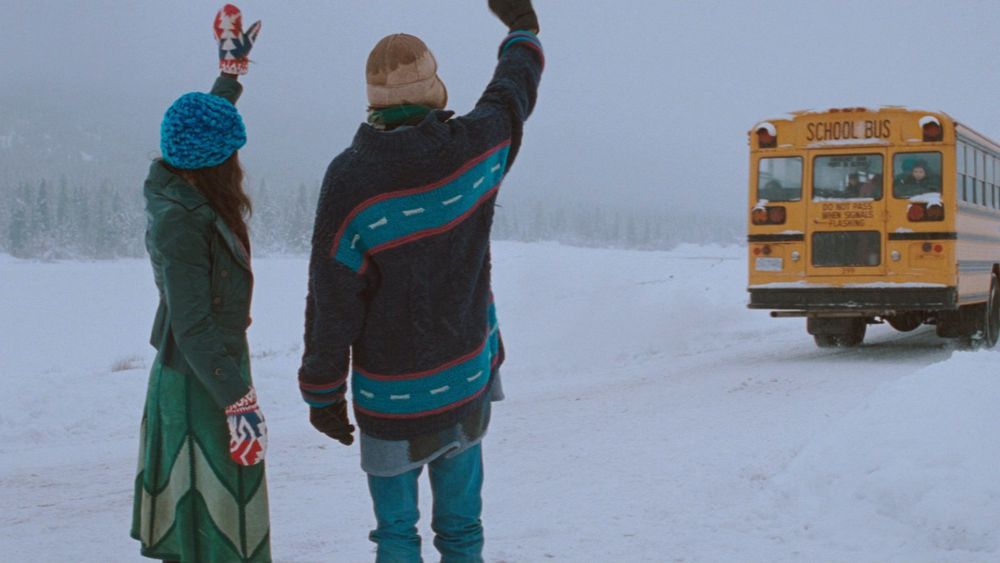
Harold Pinter is the man behind the film talked about in the introduction segment of this article, and he played a role in the production of this film as well. ‘The Sweet Hereafter’ is an interesting look at grief: how it begins and how it ends. It revolves around a school bus accident in a small vicinity that causes the death of numerous students on board, and focuses on how the class-action lawsuit that ensues ties in with the citizens of the area and their personal lives. The film is very touching due to its beautiful execution, which makes complete use of the reverse storytelling technique throughout its runtime to develop characters and make their actions, intentions, and motivations clear. I feel as though this film is a massive step above ‘Betrayal’, because here everything feels natural and purposeful.
Read More: Best Thriller Movies of All Time
4. Peppermint Candy (1999)
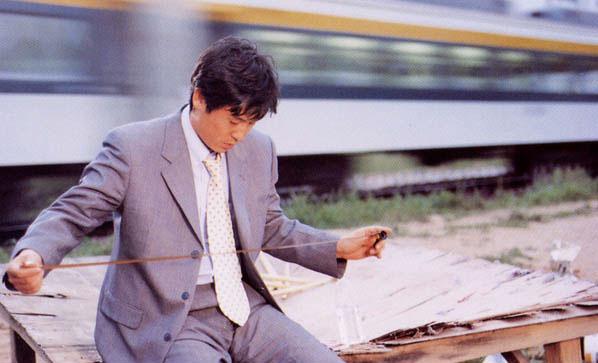
Sometimes telling the story backwards can be used to play around with the subjects. ‘Peppermint Candy’ is one such endeavor, and it tells the story of a man’s miserable life. The film begins with his suicide, and works its way back through the five major portions of his existence in an attempt to try and justify his self-afflicted destiny. What I find interesting about this film is how it gives importance to reasons than to the conclusion. Sure, we know of the protagonist’s end, but how and why did he get there? Could it all have been reverted? From this point of view, this picture works as a character study, and in my personal opinion, that’s the best use of this technique – building individuals, and breaking them down. ‘Peppermint Candy’ is a fascinating artwork, and one of the best Korean films ever made.
Read More: Best Thriller Movies of All Time
3. Memento (2000)
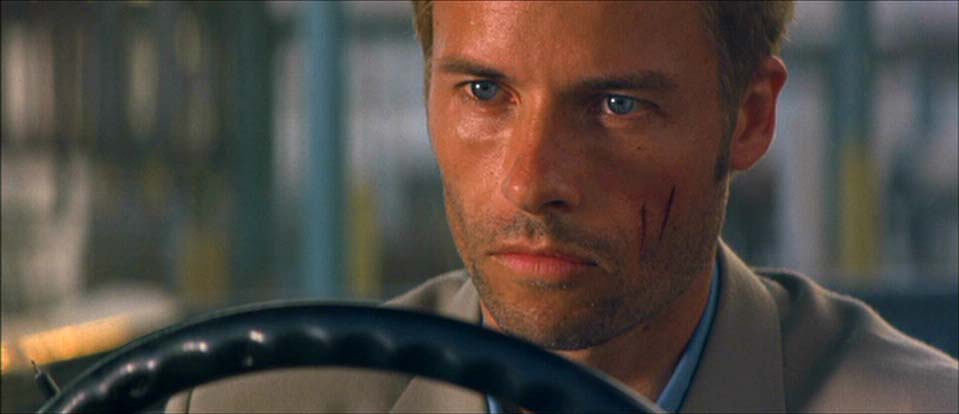
One of the reasons Christopher Nolan’s masterpiece ‘Memento’ is referred to by critics and audiences alike as an immersive experience is due to its reverse chronology. The film is about a man who suffers from acute memory loss, i.e he is only able to retain in his mind events that occur during the previous 5 minutes or so. Therefore, after that time is up, he is no longer aware of what occurred during those already-passed minutes. The audience is given a chance to play along as we’re put in the same situation where we guess along with the leading man who is in search of the people who brought his wife’s life to an end. Secrets are unveiled and twists are brought about as the backward storytelling method is efficiently exploited to the fullest in this magnificent spectacle.
Read More: Best Sport Movies of All Time
2. Irreversible (2002)
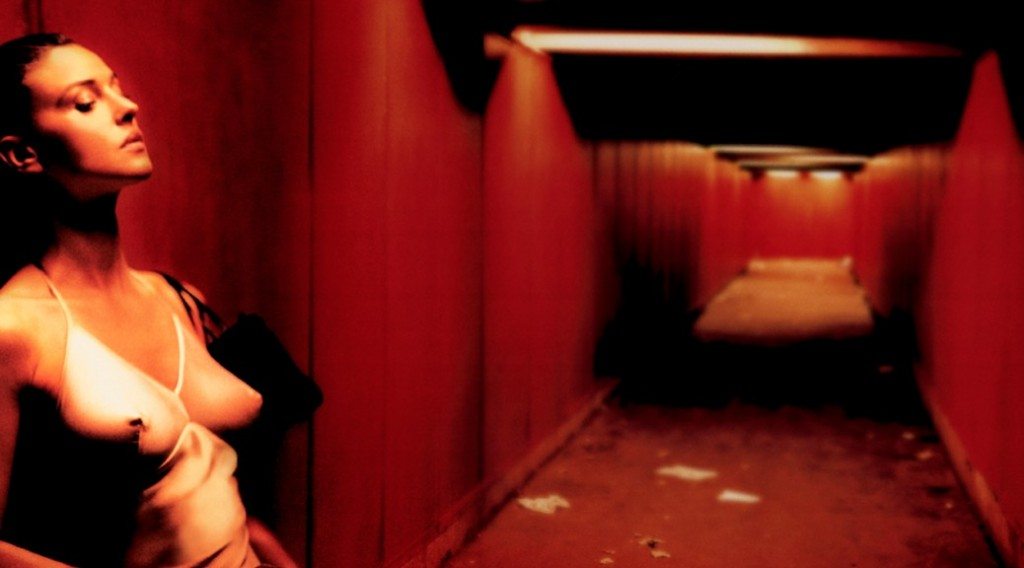
The moment an event has taken place, it has left its mark on the world. You can’t just go about and pretend like it never happened, because it has, and that’s a fact. I think Gasper Noe’s highly experimental film ‘Irreversible’ has its core themes set on these subjects. The plot of this picture has to do with an expecting couple, the female counterpart of which gets brutally raped in a subway, and it follows her boyfriend as he seeks revenge on the perpetrator. The entire film is told backwards, even including its credits, which roll from top to bottom. Although the imagery is quite repelling and the movie as a whole is hard to watch, its message is one that is poetic, and it couldn’t have been told better in any other way, narrative-wise.
Read More: Best World War II Movies of All Time
1. Eternal Sunshine of the Spotless Mind (2004)
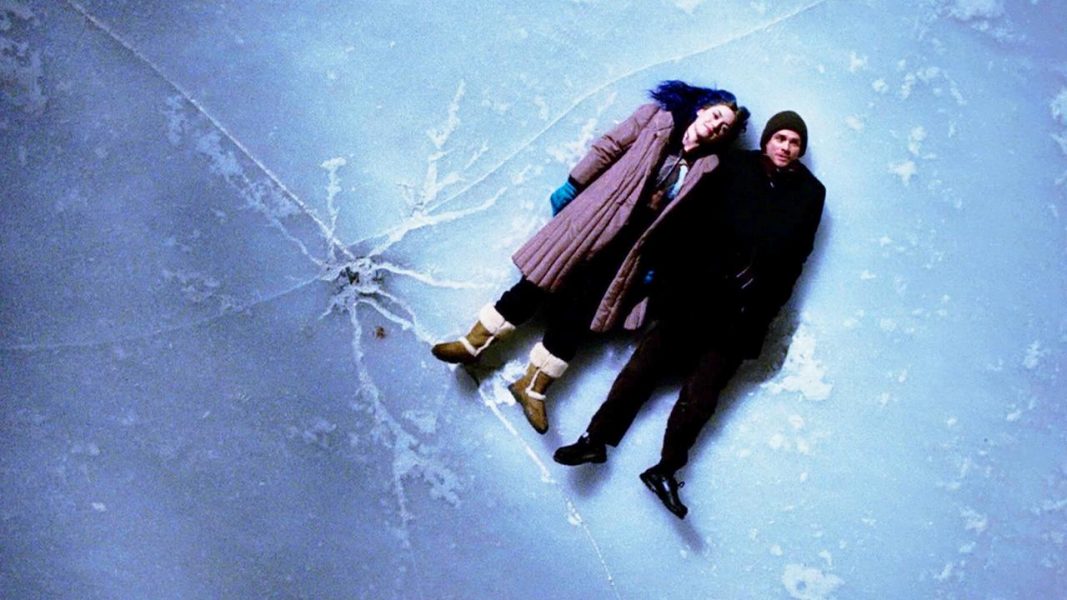
It is only with loss that we find meaning. There are few films out there that have topped ‘Eternal Sunshine of the Spotless Mind’ in terms of quality for me. The film is about a man who doesn’t look before he leaps, and goes through a memory erasing procedure to remove any and every existent image of his ex-girlfriend from his head. The highly scientific method of removing memories is done in reverse, with the newer incidents receding first, followed by the incidents of a comparative past. In this way, writer Charlie Kaufman brings forth the backwards chronology technique to tell a story about humans and their sorry minds. I guess in a way, the technique is used here to show how powerful we think we are and how powerless we are in reality. This movie is a masterwork, and the meticulous functioning of the cast and crew have proved beneficial for the reverse storytelling, which flows oh-so smoothly to achieve absolute perfection.
Read More: Best Neo-Noir Movies of All Time

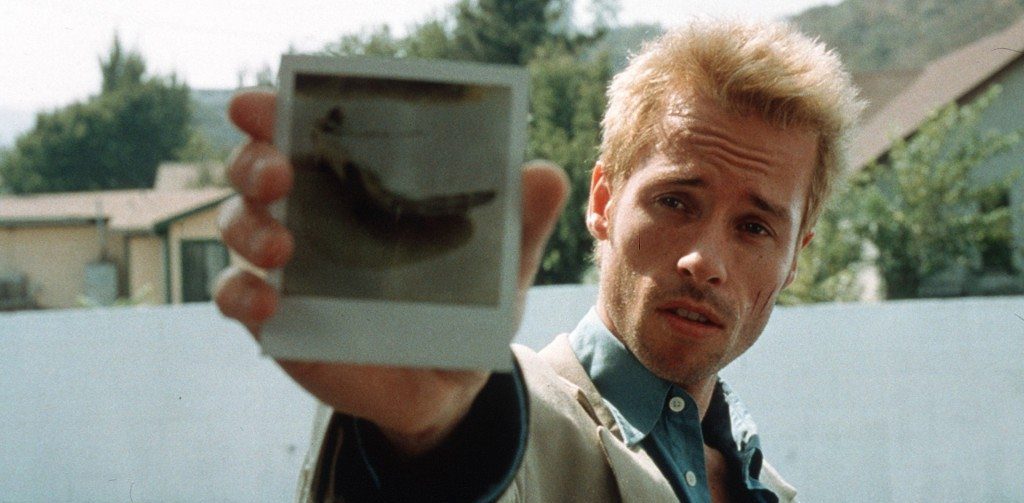
You must be logged in to post a comment.